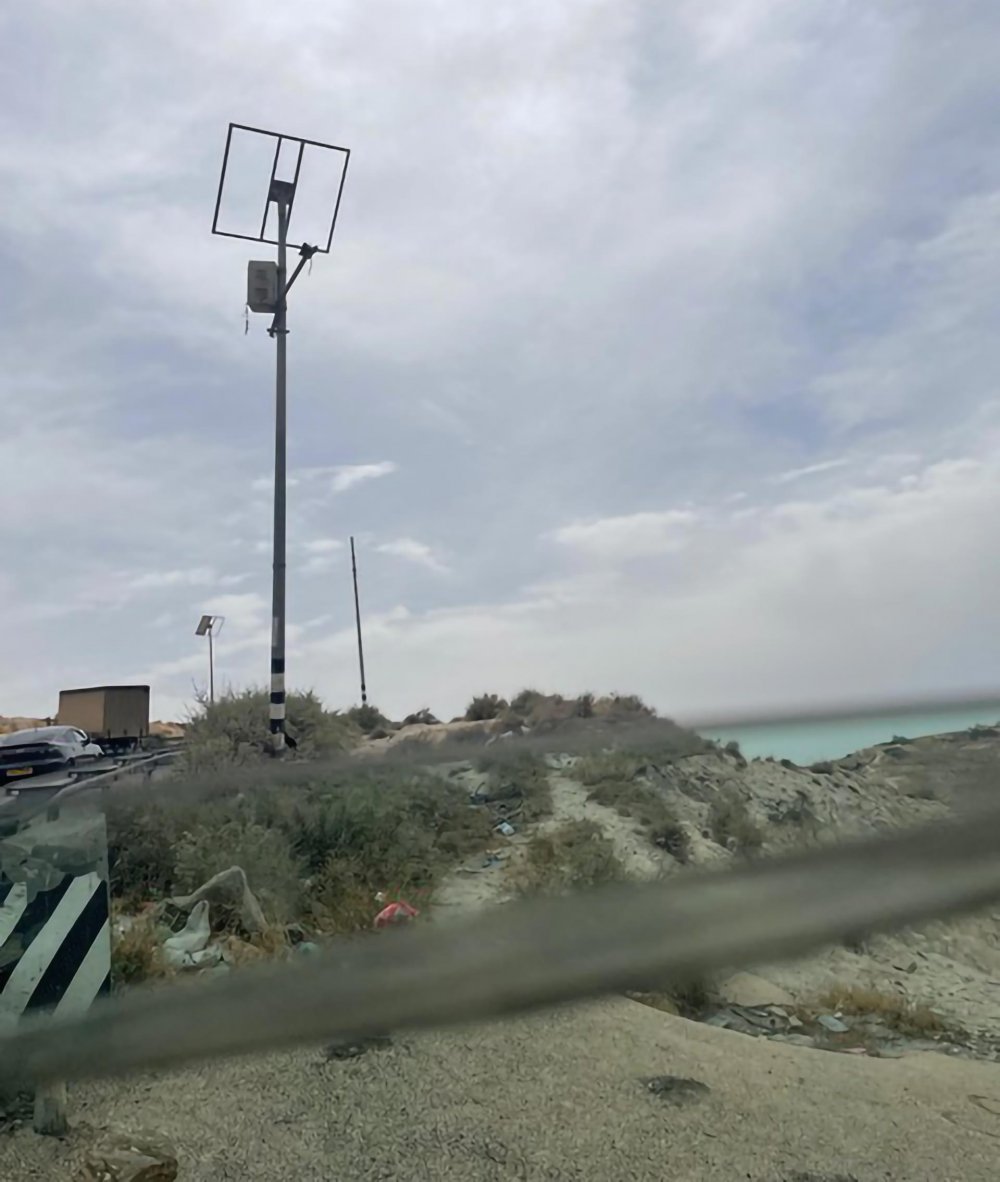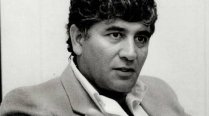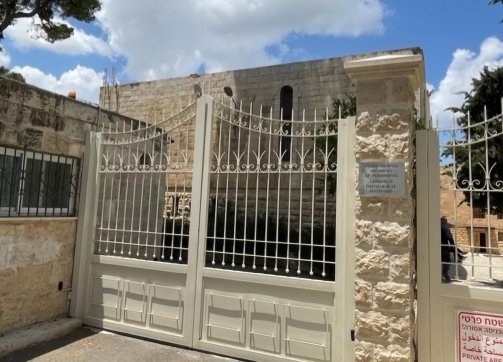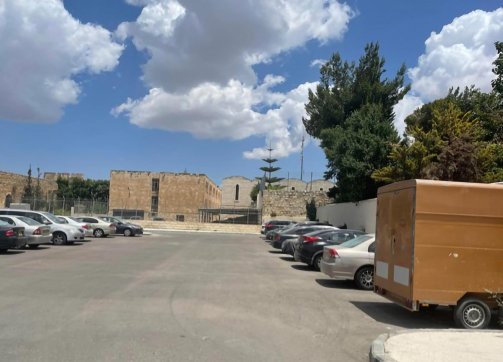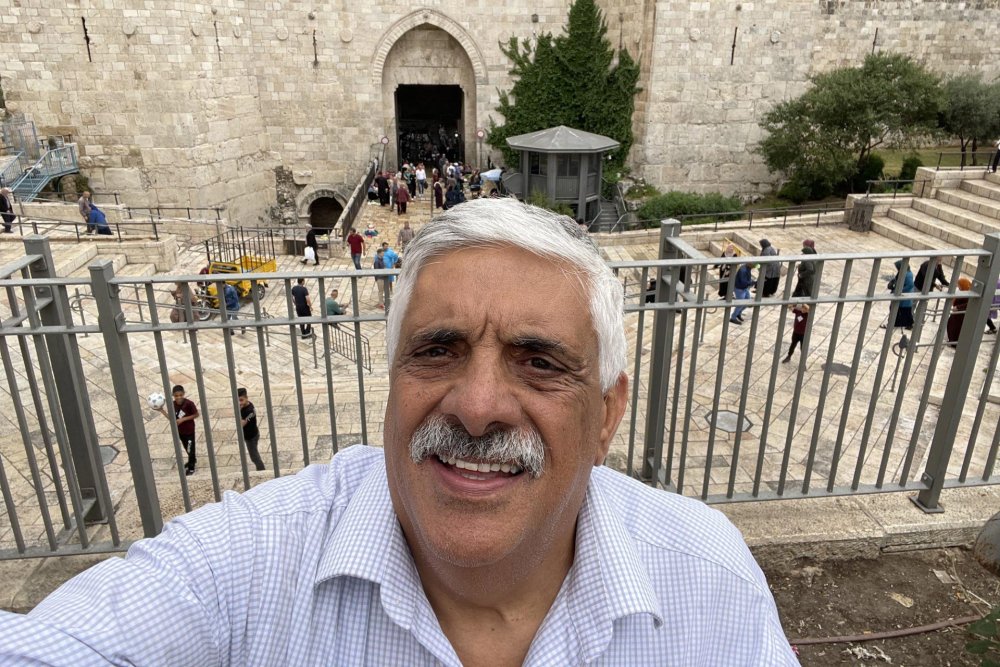I went with my daughter Tania and her family to visit my other daughter in Bethlehem.
Tania, a Jerusalemite, lives with her husband and children in Ramallah. They have always had difficulty crossing checkpoints into Jerusalem. She is allowed to cross the checkpoint while driving in her car because, as a permanent resident, she carries a blue Israeli ID card; her husband, who holds a Palestinian Authority (PA) (orange) ID, requires a permit to cross, but even then, he has to get out of the car and undergo a security check (airport style) and then walk a distance to rejoin her and continue the journey in her car (see Checkpoints, Part 1: Severing Jerusalem).
To avoid the checkpoint hassle, we decided to go to Bethlehem the long way, skirting Jerusalem, even though it makes what should be a 30-minute journey at least an hour long. Palestinians who don’t have an Israeli ID are restricted to using the Wadi al-Nar (literally, the Valley of Fire) Road to get to Bethlehem, because Jerusalem has been placed off-limits to most non-Jerusalem Palestinians (see Jerusalem: A Closed City).
We skirted the Qalandiya checkpoint, entered al-‘Izariyya, and then headed down Wadi al-Nar. The area derives its name from the belief that it is the location where, thousands of years ago, humans discovered fire! Wadi al-Nar Road literally hugs the mountain or valley and circles around Jerusalem and at times includes very dangerous and sharp turns. At the beginning of the descent, in the middle of the trip, is the Israeli “container” checkpoint—the name was given because, at one time, there were large containers near the checkpoint.
Traffic all of a sudden came to a complete stop. Twenty minutes later, cars resumed moving, and we passed the checkpoint without being stopped.
As we made sharp turns on the windy road, I noticed that all the streetlights were not working. The area, which has no electricity, was lit by a solar-powered lighting system back in 2011 that was provided by Qatar. But it seems that lack of maintenance and weather conditions have made this lighting system unreliable, leaving a most dangerous road in the dark.


